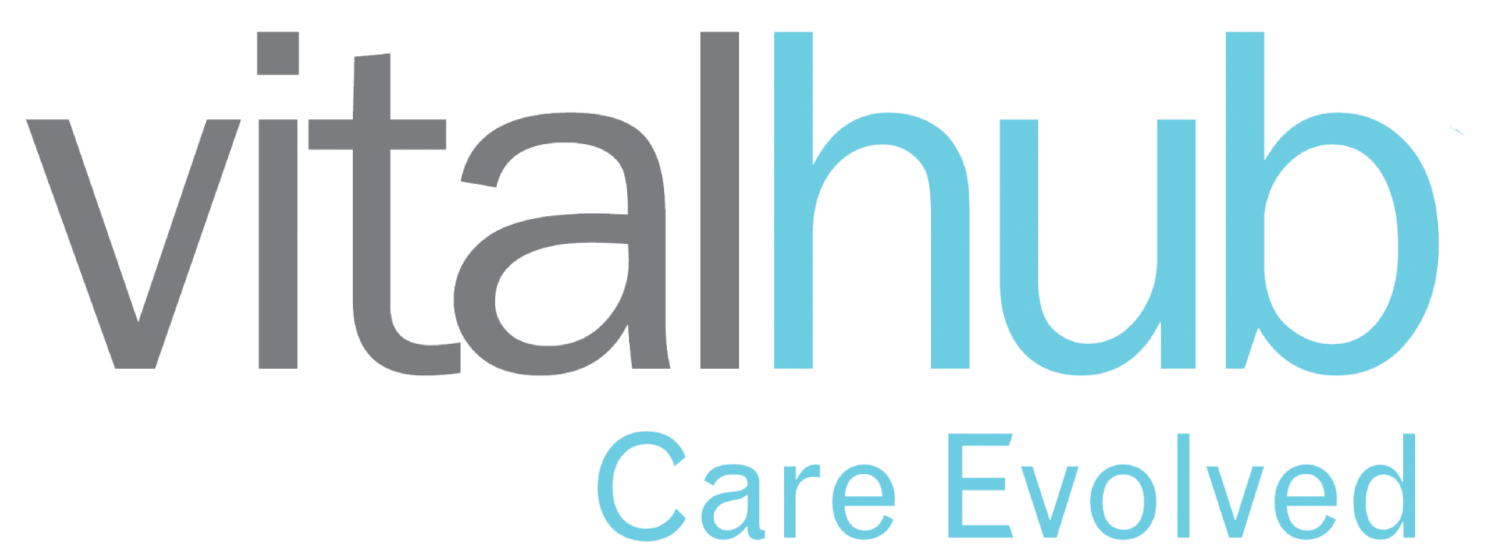Made to order: Hospitals co-design solutions with entrepreneurs
A new program at MaRS issued an open call to health-care providers to describe a challenge their institution faces, and then directed these asks to entrepreneurs to work on solutions.
If technology can solve your problem, why not have it made-to-order? That’s the question a dynamic new program at MaRS is addressing while turning traditional health care procurement on its ear.
An experimental project launched last year in Ontario with a simple idea: the team issued an open call to health care providers to describe a challenge their institution faces, and then directed these asks to entrepreneurs to work collaboratively on solutions.
Launched in August 2016 in conjunction with the Ontario Ministry of Government and Consumer Services, the Innovation Partnership: Procurement by Co-Design Program is a “collaborative design exercise” aimed to help leading-edge technologies reach organizations and patients that need them most.
Overall, the response was enthusiastic — almost two dozen health care providers issued 29 challenges that were then listed on the program website. The entrepreneur community came back with over 140 proposed solutions.
Some of the challenges were quite broad, others were looking for very specific outcomes.
“For example, one provider said they wanted a better way of managing wheelchairs and gurneys in their hospital to reduce the number of patients waiting for transfers,” says MaRS associate Lily Lo, who also serves as the project manager.
Pitch sessions helped narrow the field, and the providers selected the vendors they wanted to work with. In total, 17 project teams spent 12 weeks co-developing their innovations.
At the end of February, the teams came back to MaRS to compete for up to $25,000 to spend testing the co-developed solutions. Four of the 17 teams received funding, including QoC Health, who is working with the Michael Garron Hospital to help manage post-anesthesia recovery, and VitalHub, who got the green light for two separate solutions for Markham Stouffville Hospital and Trinity Village Care Centre. The next step will see the teams present the results of their testing in July, potentially receiving another $25,000 for procurement.
But program manager Hadi Salah says the grants aren’t the central goal — the venture is more about fostering a new “challenge-based, co-design approach” to procurement.
“This could be an open-source tool kit that a procurement department within a hospital could use and scale up on their own,” he says. “The impact is better solutions, better collaboration and lower costs overall.”
Two case studies:
QoC Health responded to a challenge from Michael Garron Hospital (formerly Toronto East General), who wanted to better manage traffic in and out of a post-anesthesia recovery room.
“We proposed an application that the staff scheduler would use to co-ordinate everything, all the way from the surgical procedure through to the recovery room,” says company president and co-founder Raymond Shih. The two organizations will be working together on the app over the next several months.
Shih not only likes the co-design concept, he also finds the process useful from a business sense because it provides “an opportunity for us to work with some folks that we may not have been directly connected to before.”
VitalHub, a Toronto-based mobile health startup, is developing two solutions: an app to streamline the physician onboarding and orientation process for Markham Stouffville Hospital; and an app for Trinity Village Care Centre that provides quick access to a variety of forms and schedules, enables on-the-fly note-taking, task-tracking and team collaboration.
Andre Vandenberk, vice-president of mobile technology, says their proposed solution for Markham Stouffville Hospital would change how the hospital shares information and documents with its physicians, and how it collects their data, questions, feedback and signatures as part of the onboarding and orientation process.
In the case of Trinity Village Care Centre, he says the goal is to streamline the way front line staff document and access information about residents, explaining that they currently use multiple paper-based and electronic documentation systems located on separate computers throughout the facility.
He says he’s had “a very positive experience” in the program so far because it enables providers to collaborate with the vendors who can help solve their problems. “Without going through such a process, providers and vendors are often on different pages when it comes to the interpretation and understanding of problems and how to solve them,” he says. “This program provides a repeatable approach to ensure the provider’s real-world problem is appropriately addressed and successfully implemented.”
This article is part of a series on the Future of Health featured in MaRS, a publication that highlights the people and companies in MaRS Discovery District’s network, and the innovations that touch our lives. Learn more about the Future of Health.
Original article can be viewed online at: https://www.thestar.com/news/innovation/2017/04/20/made-to-order-hospitals-co-design-solutions-with-entrepreneurs.html
